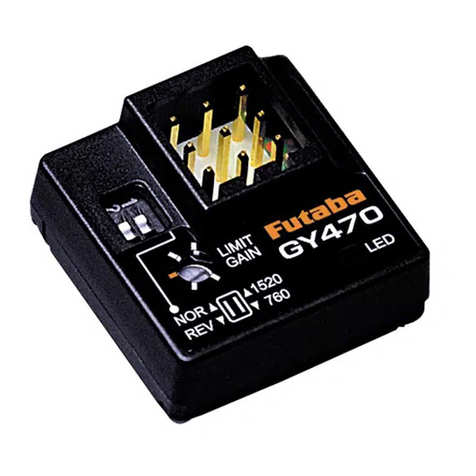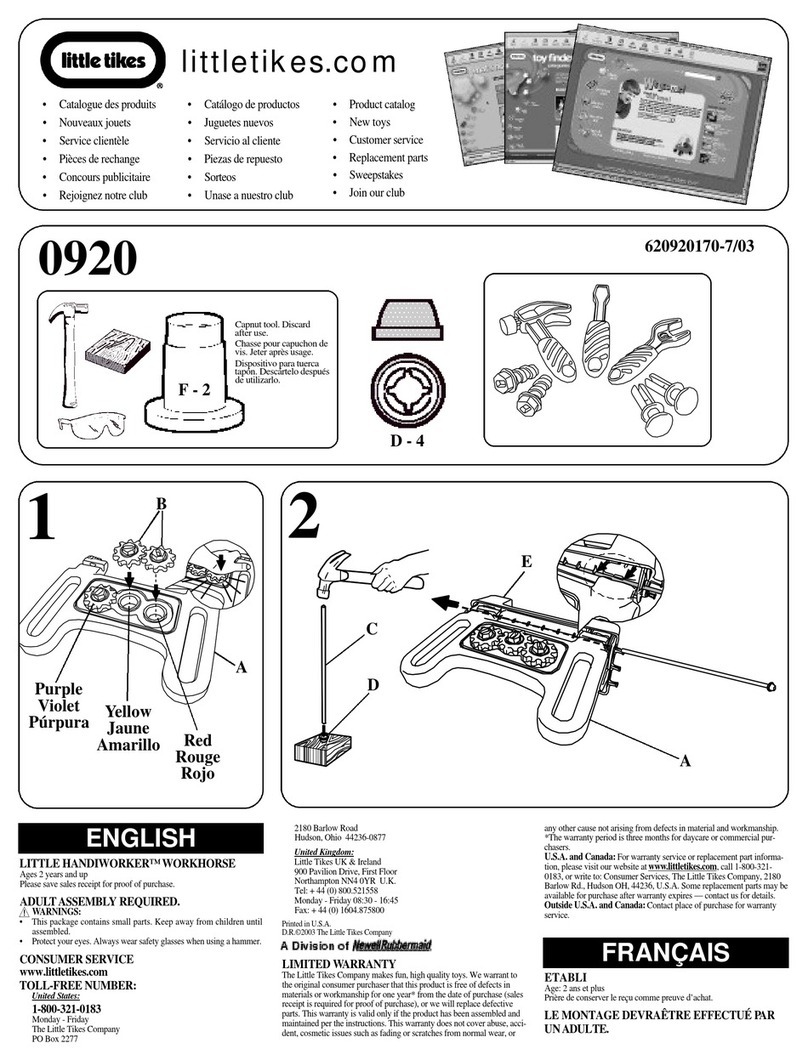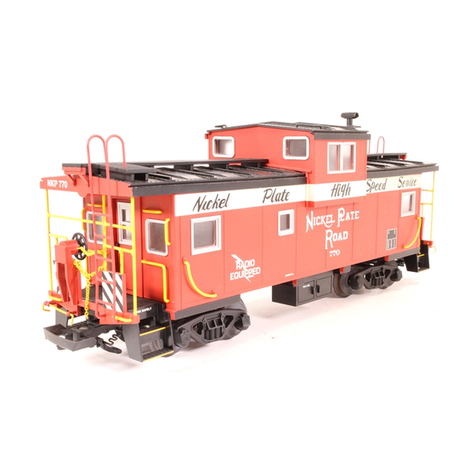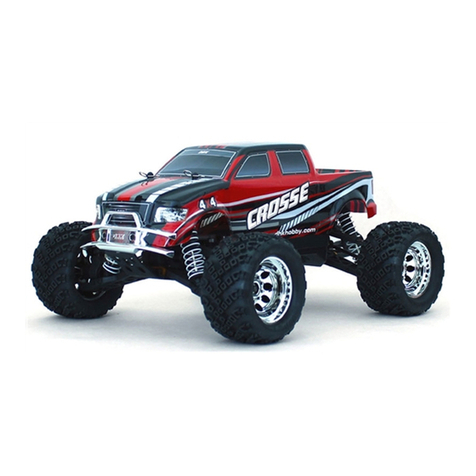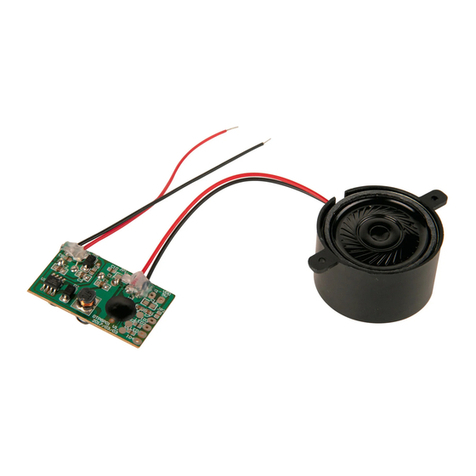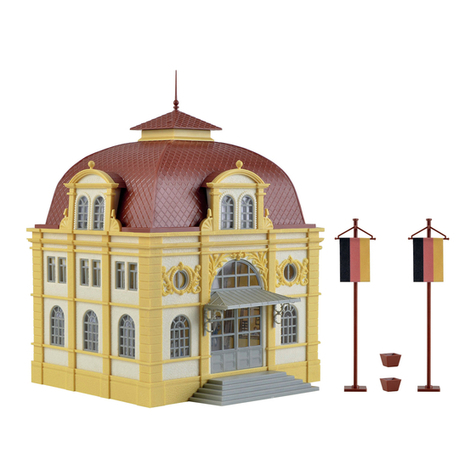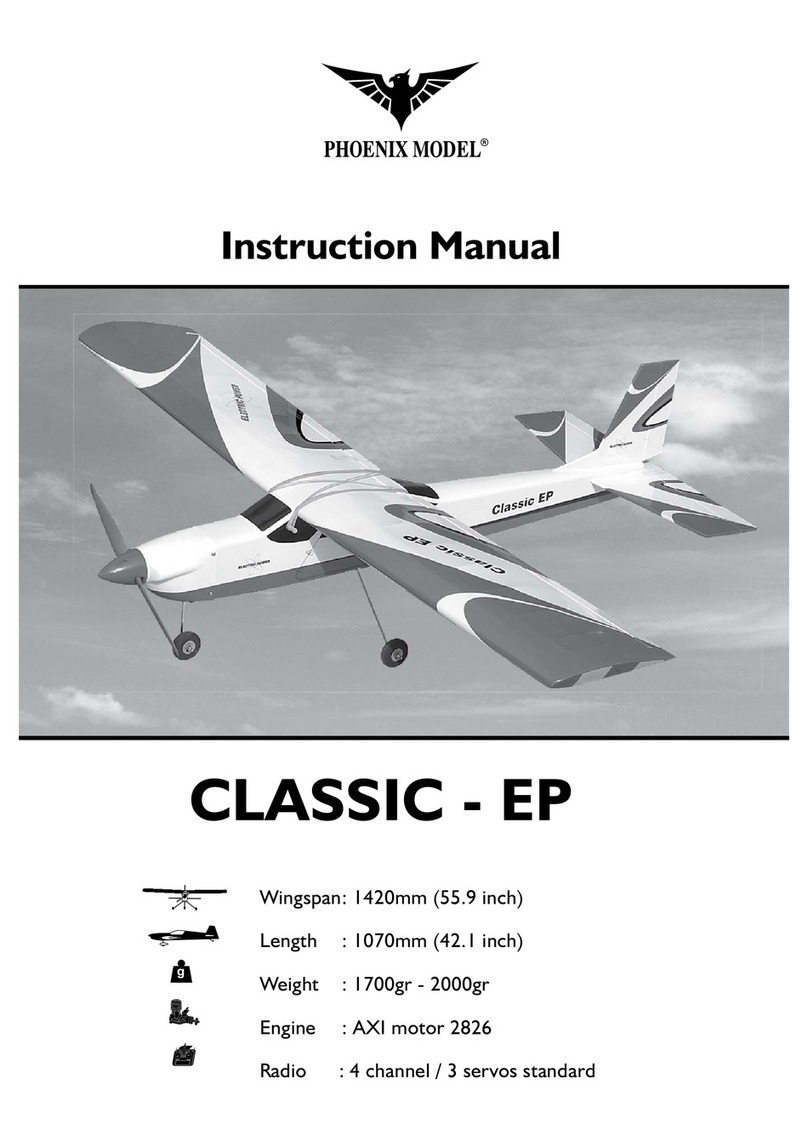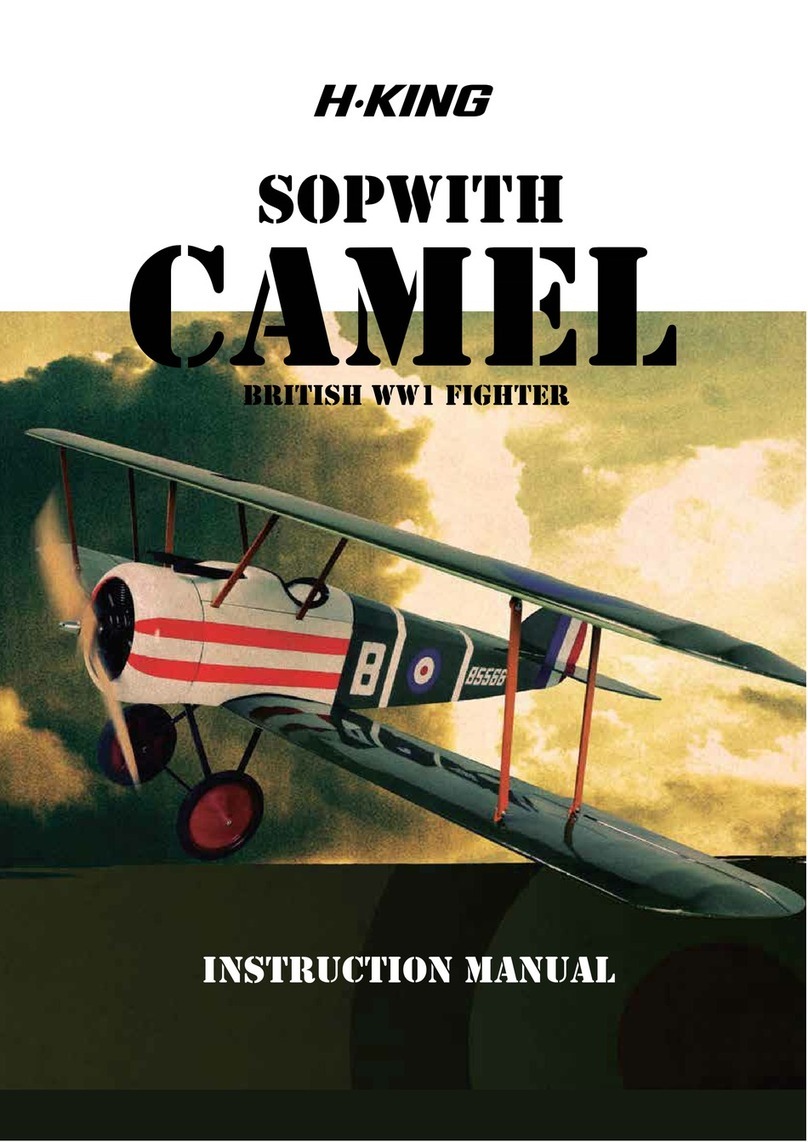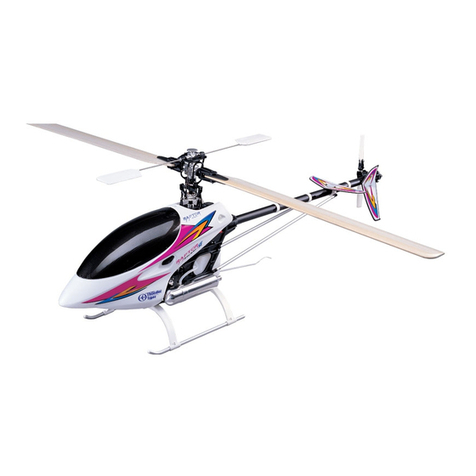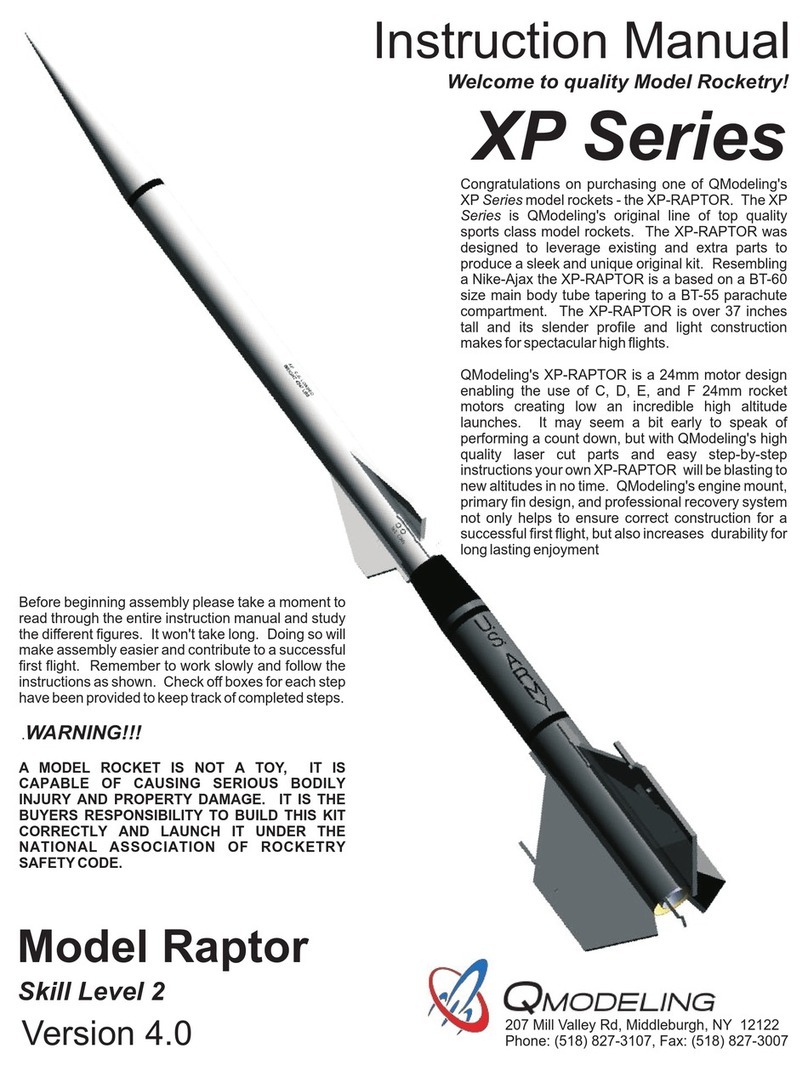
1.Always test the brakes and the throttle before starting your engine to avoid losing control of
the model.
2.Make sure the air filter is clean and that oil is put on air filter.
3.Never run your engine without an air filter. Your engine can be seriously damaged if dirt and
debris get inside it.
4.Always break-in your engine properly for a long engine lifespan and ideal engine performance.
Please refer to the following engine break-in procedure.
5.Do not run the model or handle fuel near open flames or smoke.
6.Some parts are hot after running. Do not touch the exhaust or the engine until they cool down.
1.Handle fuel only outdoors. Never handle nitro fuel indoors, or mix nitro fuel in a place where
ventilation is poor.
2.Only use nitro fuel for this model. Do not use gasoline or kerosene as it may cause fire or
explosion and ruin your engine.
3.Nitro fuel is highly flammable, explosive and poisonous. Never use fuel indoors or in places
with open fires.
4.Always keep the fuel container cap tightly shut.
5.Store fuel in a cool, dry, dark, well-ventilated place, away from heating devices, open flames,
direct sunlight, or batteries. Keep nitro fuel away from children.
6.Do not leave the fuel in the carburetor or fuel tank when the model is not in use. There is
danger that the fuel may leak out.
7.Do not dispose of fuel or empty fuel container in a fire. There is a danger of explosion.
Use a high quality glow fuel that has at least 18% oil (by volume not weight) and a nitro
methane content of between 10% to 25% (by volume not weight). If the fuel has some castor oil
in it, this has many benefits for both breaking-in and longevity. Castor oil is exceptionally good
when in ‘sheer’ and is an ideal protector for the big end bearing during break-in. It is also good
at remaining on the unprotected, internal steel surfaces after the engine has stopped for
corrosion protection. If you use pure synthetic oil alone in the fuel, keep the mixture a little
richer during break-in and normal use. You may also need to inject a few drops of corrosion
inhibiting oil into the engine after use and pull the pull-starter a couple of times to disperse it.
The needle settings for different fuels can change dramatically. Higher nitro methane contents
allow the use of richer settings yet the engine will still run correctly. Richer settings are always
safer. Higher nitro also makes the needles less sensitive to small adjustments as well. The nitro
methane is there for several other reasons: 1) More stable idle; 2) Better throttle response; 3)
Helps cooler running due to richer settings. Yes, it also adds power, but for beginners, this is far
less critical. You need to understand the use of the engine fully before you can exploit this.
Nitro engines use nitro fuel but it’s actually a mixture of fuel and air that goes into the engine.
The right air/fuel mixture keeps the engine running at its best. The wrong mixture can cause
overheating and vapor lock, excessive wear, or cause the engine to stall. This fuel/air mixing
takes place in the carburetor.
Lean refers to the addition of more air to the air/fuel mixture, whereas rich is the addition of
more fuel to the air/fuel mixture.
